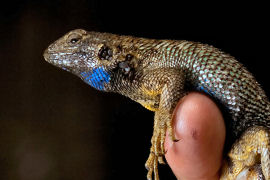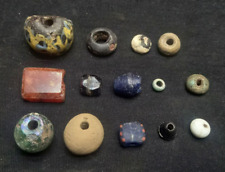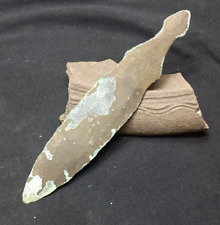
Men have always slept around and new research suggests primitive man traveled far from home to do it. Scientists have been looking into ancient sexual dalliances and human migration patterns by virtue of the fact that the men most successful in sowing their wild oats passed on the proof in the genes of their offspring. Using these genetic markers, researchers at the University of Arizona have developed new insights into ancient mating and migration patterns in humans.
Men and women differed in their participation in reproduction, the researchers report. More men than women get squeezed out of the mating game. As a result, twice as many women as men passed their genes to the next generation. “It is a pattern that’s built up over time. The norm through human evolution is for more women to have children than men,” said Jason Wilder from the University of Arizona (UA). “There are men around who aren’t able to have children, because they are being outcompeted by more successful males.”
Or the same reproductive behavior is continuing, but in a culturally accepted fashion, Wilder said. “The modern version that we generally don’t find offensive is that men tend to remarry and have more children much more often than women do.”
The research – appearing in Nature Genetics and Molecular Biology and Evolution – also overturns the accepted idea that, on average, women’s genes traveled farther from their birthplace than did men’s. This idea was based on a common marriage practice called patrilocality, where women tended to move from their natal village to their husbands’ village. If anything, men and their genes moved farther overall, the new research suggests.
To sort out how far men and women’s genes traveled, the UA researchers used DNA from the Y chromosome, which is passed from father to son. Women’s lineages were traced using mitochondrial DNA, which passes from mother to daughter. Scientists have puzzled over the fact that men’s common ancestor, dubbed Y-chromosome Adam, seems to have lived around 100,000 years ago, whereas women’s common ancestor, known as mitochondrial Eve, lived almost 200,000 years ago. Worldwide, the DNA from the Y chromosome has much less genetic variability than does mitochondrial DNA.
“We wanted to know what shapes the patterns of Y-chromosome and mitochondrial DNA variation,” said Wilder. “What can we learn about human behavior?” To find out, Wilder, Hammer and Zahra Mobasher tested Y-chromosome DNA and mitochondrial DNA from three far-flung populations of humans: the Khoisan of southern Africa, Mongolian Khalks and highland Papua New Guineans.
Previously, researchers assumed equal numbers of men and women procreated. Based on that assumption, scientists explained the relative youth and low variability of the Y chromosome by suggesting that a beneficial mutation on the Y had swept through the whole world. However, the genetic patterns the UA researchers found contradicts those ideas. If a beneficial mutation had swept through the males, men’s common paternal ancestor would be the same age no matter where the UA researchers looked. Instead, the age of men’s common ancestor differs between the southern African, Mongolian and Papua New Guinean populations studied. The finding tends to rule out some global beneficial mutation as the reason Y-chromosome DNA is less variable than mitochondrial DNA.
“Because we don’t think the pattern we see was caused by an event that swept across the globe, we had to re-examine our assumptions about whether equal numbers of men and women are mating,” Wilder said.
The researchers believe the genetic patterns are all about sex, or more precisely, the lack thereof. Many more men than women are childless, the researchers say. To see whether men and women traveled equal distances while sowing their wild oats, the group tested DNA from 389 individuals representing 10 distinct human populations from places as far apart as the Netherlands, South Africa and Papua New Guinea. Previous explanations of women and men’s migration patterns had been based on a combination of genetic patterns and knowledge about the marriage practice of patrilocality. About 70 percent of the world’s cultures practice patrilocality.
When populations are compared, patrilocality would predict greater differences between populations in Y-chromosome DNA than in mitochondrial DNA, which is just what earlier population genetic research found. Patrilocality also predicts that, on average, men do not migrate as far as women. On the basis of the genetic work, women’s rate of migration had been pegged as eight times higher than men’s.
The UA team didn’t think local marriage practices could govern global-level patterns of genetic variation. But variation in the Y-chromosome is hard to study. The researchers started looking at bits of the Y chromosome known as the Alu family of retrotransposons.
“We found lots of Y-chromosome variations that people didn’t know exist,” Wilder said.
The new technique revealed that Y-chromosome DNA and mitochondrial DNA differ to the same degree among populations.
Hammer said, “That alone wouldn’t say the Y chromosome is migrating more, but if just half as many males are getting their genes into the next generation on average as are females, then it implies more males are migrating to do that.”
The pattern the researchers see in our genes doesn’t require mass migrations of people across continents. The sailors with a girl in every port could have done it. Or it may be that village women snuck out for a quick knee-trembler with tall, dark strangers. Either way, Y chromosomes got around.

















Comments are closed.